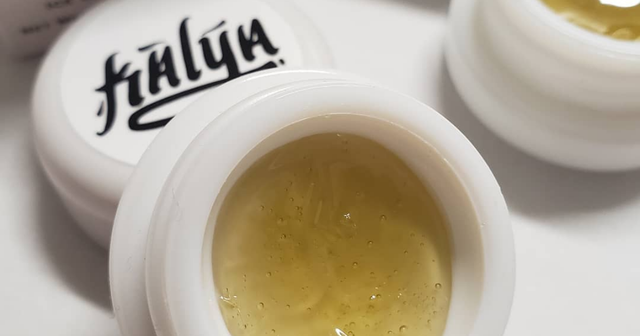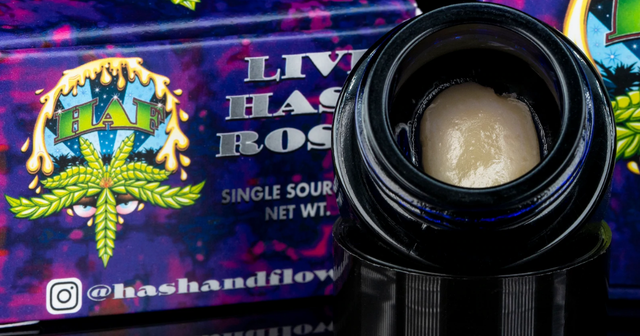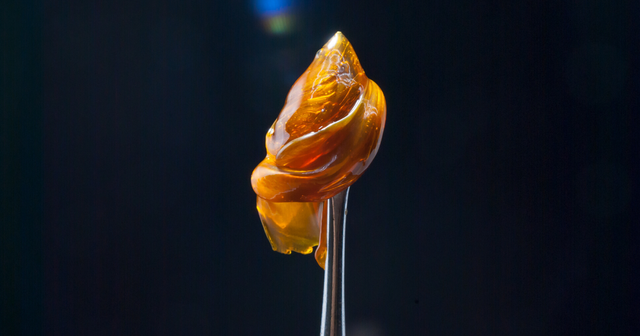The History of Hash - Past and Present
To truly appreciate the current state of cannabis concentrates, let’s take a look back and learn the rich history of how concentrates grew to this level of popularity today. Written by Lucas Indrikovs.
Hash, hashish, charas, kief - there are numerous terms for what many cannabis enthusiasts consider to be the original cannabis concentrate. The history of hash cultivation and consumption dates back centuries and took hundreds of years to spread to other areas of the world and be adopted by cultures outside of Asia, the Middle East, and Europe.
Before brands like Nasha, 710 Labs, Papa’s Select, Raw Garden, and Kalya, hash was a delicacy in the United States. We live in a time where the finest, cleanest hash is widely available and within our grasp. To truly appreciate the current state of cannabis concentrates, let’s take a look back and learn the rich history of how concentrates grew to this level of popularity today.
What is Hash?
In its purest form, hashish is simply uniform cannabis resins created by collecting the sparkling, sticky trichomes from the cannabis nugs and mashing them together into one homogenous form. Hash has been around since the 12th century, but it wasn't how we know and love it today. Since it was likely cultivated by crudely rubbing the cannabis plants by hand to collect the resinous trichomes, unwanted plant material like bits of leaves and stems would inevitably end up in the final product resulting in a sub-par hash.
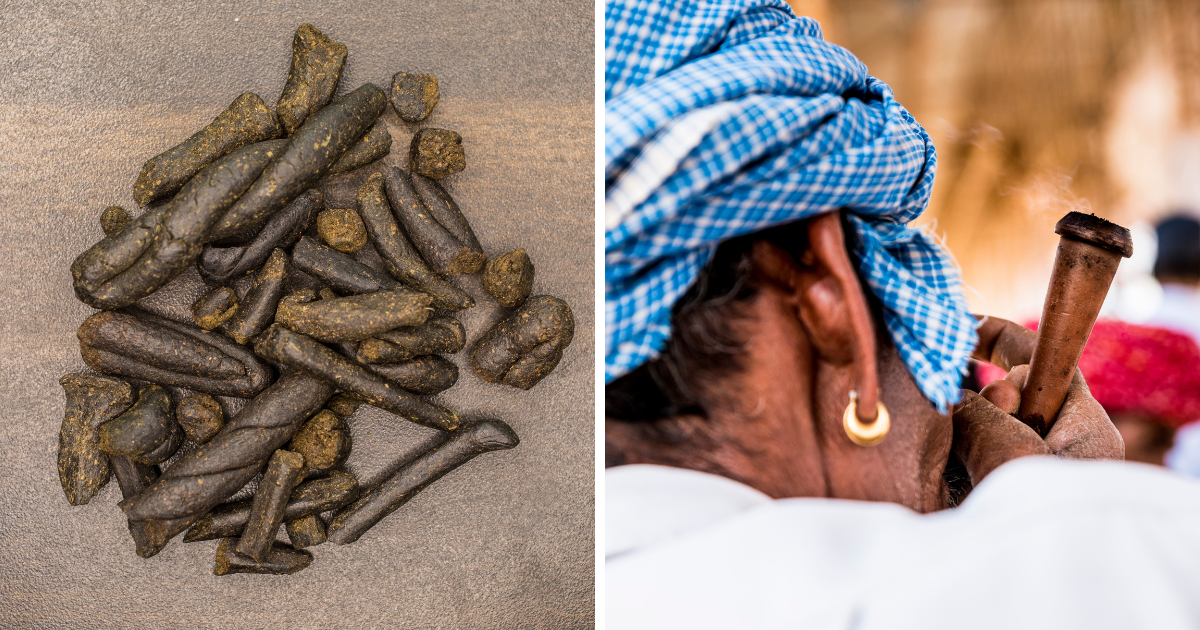
Currently, with advancements in technology and achievements in concentrate production, hash is at its peak in terms of quality and consistency that we’ve seen as cannabis users. Dry-sifting, ice water hash, modern blonde/brown/red hash, rosin, and live resin are lightyears ahead of the original “finger hash” consumed centuries ago.
The Beginning - Hash in the Middle East
Hash history, or “hashtory,” starts thousands of years ago in the Middle East and Central Asia; Persia, Afghanistan, and Arabia, to be exact. Around 4000 BC, cannabis and hashish were originally cultivated as a medicine and a textile, thanks to the strong fabrics made from the cannabis plant’s stalks. Historians agree that the likely spread of hash throughout Europe and Asia was thanks to the Silk Road out of eastern Asia and was probably used predominantly as incense rather than an intoxicating substance.
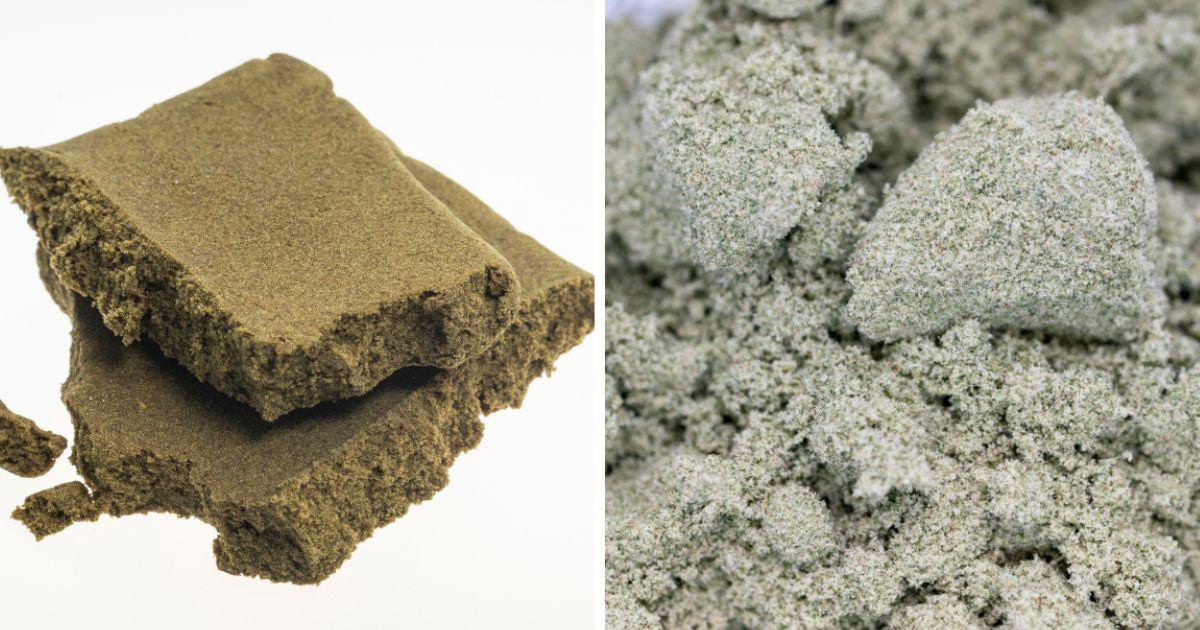
Incense was precious at the time and would have been used medicinally and in religious practices. By 900 AD, widespread use of hash had spread through Arabia and was consumed by eating it rather than smoking or vaporizing it. The earliest form of smokable hash was probably what we today call “charas” or handmade hashish.
Charas was cultivated by rubbing live cannabis plants by hand until the oily, sticky trichomes became caked on the palms and fingers. The sticky black resin was then collected by scraping it off with a knife or stick or rubbing their palms together until the wax stuck together, and then rolled into a ball for safe keeping.
The first mention of hashish in literature was in the classic “One Thousand and One Nights” folk story, “The Tale of the Hash Eater.” Shortly after that, historians discovered that between 1000 AD and 1200 AD, stories of an isolated sect of assassins and hash eaters in Persia, known as the Nizari Ismailis or “Hashashin Assassins,” became legendary. Some believe that the history of the word “hashish” can be traced back to this group of assassins.
Since then, hashish consumption spread to Egypt and other parts of North Africa like Morocco, which has since become a modern-day paradise for hash consumers. Hash use continued to expand throughout the years and the consumption of modern-day hashish exploded.
The Explosion of Hashish in Europe
The introduction of tobacco in the 1500s was the main driver of increased hash consumption in Europe because it made it possible to smoke the concentrates rather than eat them. Once human civilization reached the 18th and 19th centuries, production methods like dry-sifting resulted in increased hashish quality, cultivation, and distribution. Another historical moment that scholars point to as a contributing factor to hash gaining popularity in Europe was Napoleon Bonaparte’s troops being exposed to the wonders of hashish during their campaigns in northern Africa.

Throughout the 19th and 20th centuries, most of the hash consumed worldwide originated from Afghanistan, Syria, Nepal, Turkey, Kashmir, Lebanon, and India. By the 1960s, that roster was reduced to just Afghanistan, Pakistan, and Morocco with Afghani hash quickly becoming the favorite thanks to the superiority of their final product compared to hash from other regions of the world.
At that time, the U.S. was growing and cultivating the highest quality cannabis flowers in the world, so the majority of Afghani and Moroccan hash was imported to Europe. But all that changed when Prop 215 was passed in California in the mid-2000s.
Modern-Day Hash in the United States
Thanks to the passing of legalization in California, cannabis brands and enthusiasts alike have been able to cultivate some of the top hashish and cannabis concentrates ever seen in the world of cannabis. Solvent-extracted hash like BHO, shatter, budder, badder, wax, diamonds, and crumble hit the market and made waves in the new era of cannabis consumers. These cannabis extractions exposed enthusiasts and aficionados to the potential of the cannabis plants.
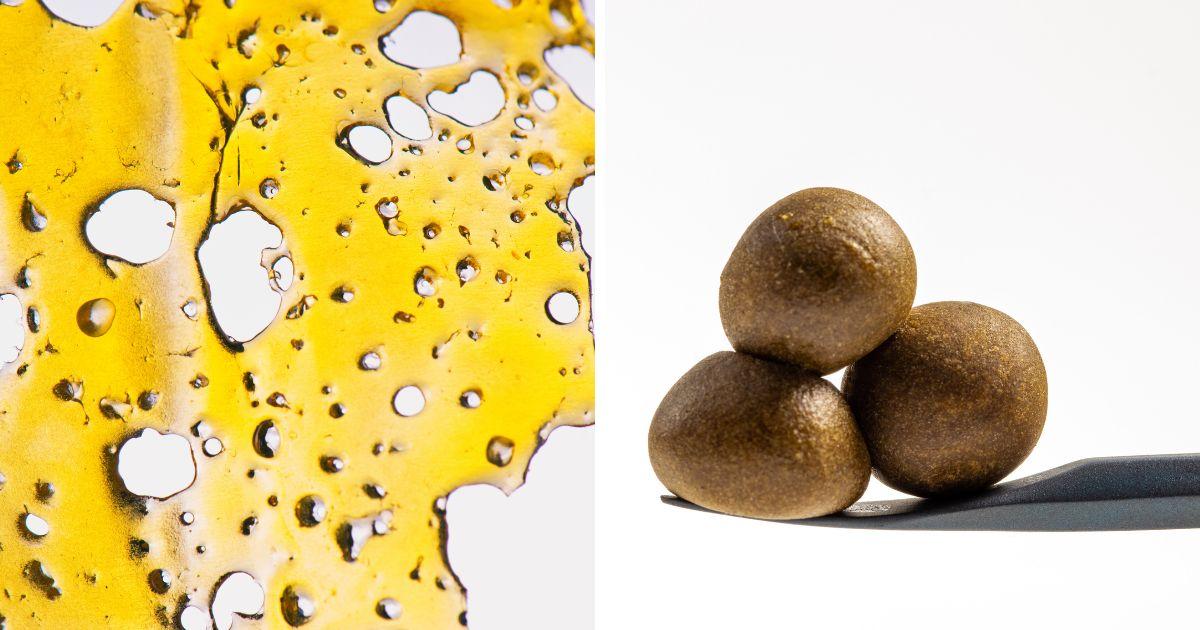
These early forms of cannabis extracts displayed terpene and cannabinoid profiles previously unheard of and influenced many brands to experiment with developing ways of cultivating a cannabis concentrate without the use of chemicals or solvents. The results of these experiments brought solventless or mechanical extraction into the world of cannabis.
Bubble hash, live rosin, live resin, and dry-sift (or kief) have gained respect and popularity among cannabis enthusiasts and deservedly so. Mechanical extractions preserve the full flavors, aromas, and potency of the cannabis plant, so it tastes and smells exactly like the flowers from which they came. Solventless extractions also use only natural substances like heat, water, and ice to remove the trichomes from the plants.
Many consumers consider these forms of cannabis extractions to be superior to solvent-based concentrates. These opinions are obviously a matter of personal preference, but the flavor, purity, and overall experience of consuming solventless cannabis concentrates are measurably different compared to solvent-based dabs. Solventless is purer because it means the concentrates are almost entirely untouched by chemicals.
The plant’s trichomes contain all the flavors, cannabinoids, terpenes, and flavonoids found in cannabis, so flavor-chasers love solventless dabs because the trichomes are pure and primarily untouched. The purity of the cannabinoids and terpenes increases the potency and the true-to-cultivar flavors you experience from the oils of solventless extraction and can contribute to an overall pleasurable cannabis adventure.
For a deeper dive into the history and influence of hashish in cannabis culture, check out our interview with infamous hash legend Frenchy Cannoli.
https://www.youtube.com/watch?v=hpO1Y2WM174
RIP. Frenchy, you are sorely missed.
Hash can be found in many forms today, and March and Ash carries the best cannabis concentrate brands on the West Coast. Visit one of our multiple shops and ask our cannabis concierges about their favorite hash and concentrate brands so you can experience the wonders of cannabis concentrates with the knowledge that you’re consuming responsibly-produced cannabis elixirs.
DISCLAIMER: THIS SITE DOES NOT PROVIDE MEDICAL ADVICE.
All information, including but not limited to, text, graphics, images and other materials contained on this site are for informational purposes only. No text, graphics, images or other materials on this site are intended to be professional medical advice or a substitute for professional medical advice, diagnosis or treatment. Always seek the advice of your physician or other qualified health care provider with any questions you may have regarding a medical condition or treatment and before undertaking a new health care regimen, and never disregard professional medical advice or delay in seeking professional medical advice because of something you have viewed on this site.
